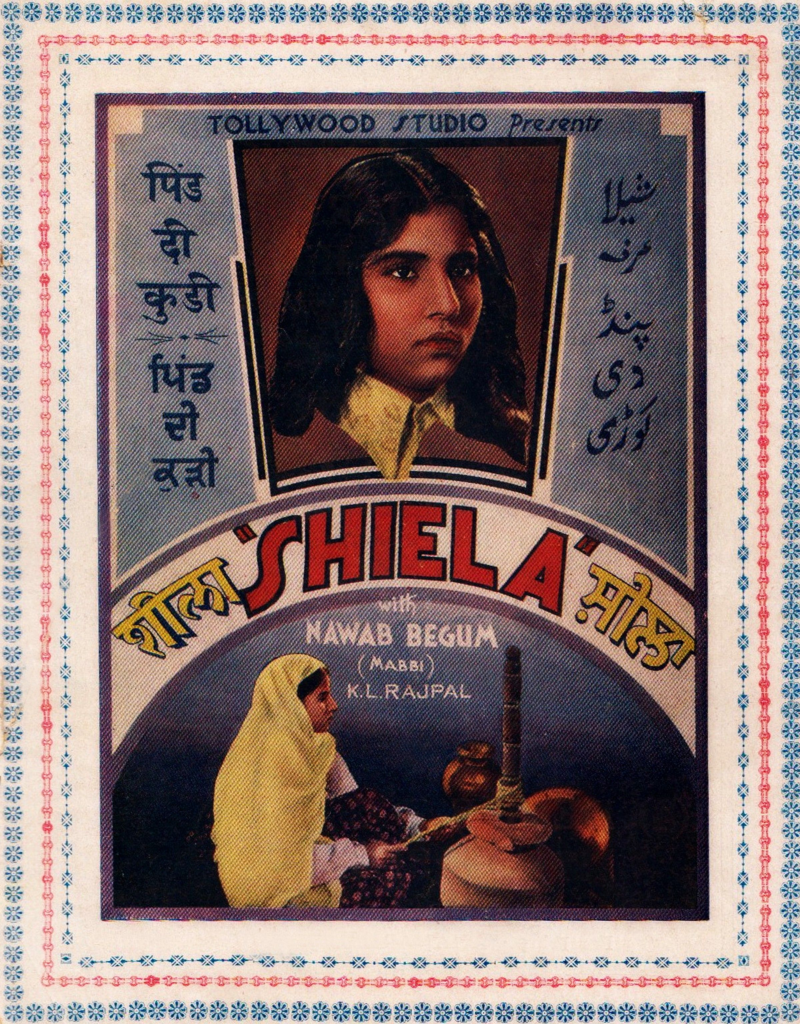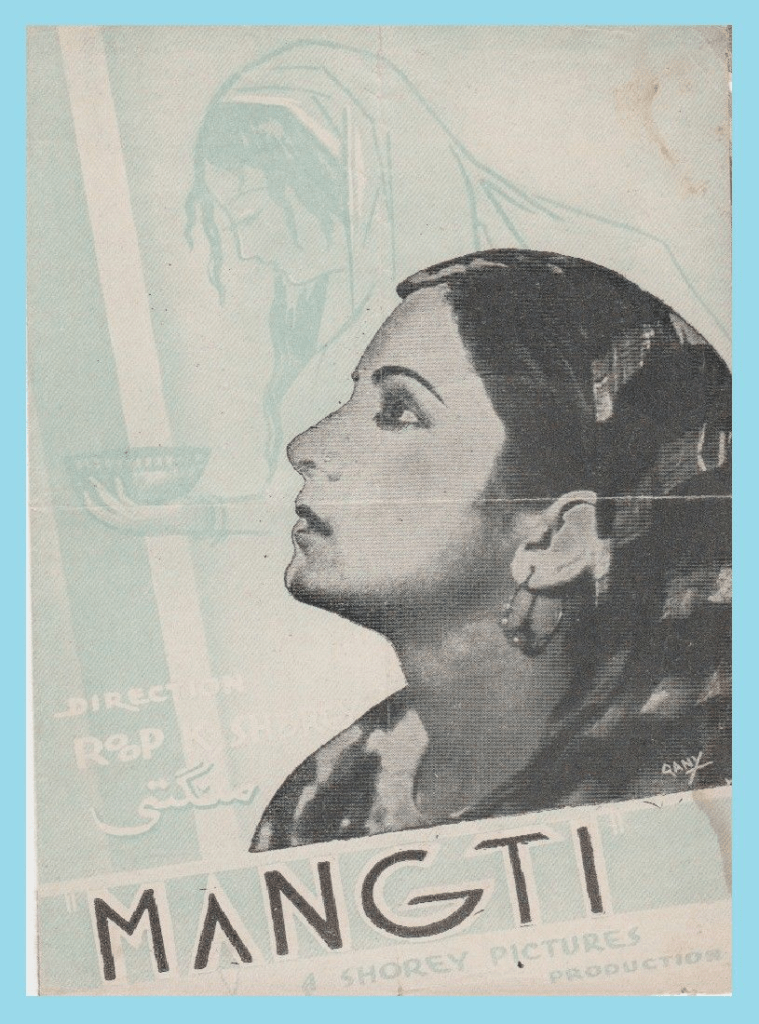AI Generated Summary
- Born amidst the rustic charm of folk tales and shaped by the seismic shifts of history, Punjabi cinema has travelled a long, vibrant road from the dusty reels of the 1930s to the glittering international premieres of the 21st century.
- Then came KD Mehra’s blockbuster Shiela (Pind Di Kudi) in 1936, introducing Baby Noorjehan and setting the stage for a surge in Punjabi films that drew from the deep wells of folklore—Heer Sayal, Sassi Punnu, Sohni Mahiwal, and Yamla Jatt, to name a few.
- In the annals of Indian cinema, the Punjabi film industry—affectionately dubbed Pollywood—stands as a testament to cultural resilience, creative tenacity, and an unwavering passion for storytelling.
In the annals of Indian cinema, the Punjabi film industry—affectionately dubbed Pollywood—stands as a testament to cultural resilience, creative tenacity, and an unwavering passion for storytelling. Born amidst the rustic charm of folk tales and shaped by the seismic shifts of history, Punjabi cinema has travelled a long, vibrant road from the dusty reels of the 1930s to the glittering international premieres of the 21st century.
A Humble Beginning
While cinema made its first dazzling appearance in India on July 7, 1896, with the Lumière Brothers’ screening at Bombay’s Watson Hotel, it wasn’t until four decades later that Punjab heard its first cinematic whisper. That moment came on March 29, 1935, with the release of Ishk-i-Punjab (also known as Mirza Sahiban) at Niranjan Talkies in Lahore. Directed by GR Sethi and produced under Hindmata Cinetone, the film starred acclaimed singers like Bhai Chhela, Bhai Desa, and Miss Khurshid. Though technically modest, it marked the dawn of Punjabi-language cinema.
The Lahore Years: A Creative Bloom
By the early 1930s, Lahore had become a thriving hub for film production. Studios like Punjab Art Studios, Elephanta Movietone, and Ravi Talkies sprung up, giving wings to storytellers and technicians. RL Shorey’s Radhey Shyam (1932) claimed the title of Punjab’s first talkie, soon followed by AR Kardar’s Heer Ranjha. Then came KD Mehra’s blockbuster Shiela (Pind Di Kudi) in 1936, introducing Baby Noorjehan and setting the stage for a surge in Punjabi films that drew from the deep wells of folklore—Heer Sayal, Sassi Punnu, Sohni Mahiwal, and Yamla Jatt, to name a few.

Roop K Shorey’s Mangti (1942) went on to enjoy a 75-week box office run—a record that remains unbroken. The creative powerhouse of Mehra, Shorey, and Pancholi (who owned the largest studio in Lahore) built the bedrock of the industry.
Partition: A Cinematic Catastrophe
The 1947 Partition dealt a devastating blow to Punjabi cinema. Lahore, once its beating heart, turned into a cinematic ghost town. But from the ruins rose a phoenix. Displaced filmmakers relocated to Indian Punjab, rebuilding the industry with romantic comedies like Lachhi, Jugni, and Posti, offering audiences light amidst post-Partition darkness.
The Golden Age: 1950s–60s
The Bhakhri brothers led Punjabi cinema into what is often considered its golden era. Films like Bhangra (1959) ignited the trend of lively musical numbers, while Chaudhary Karnail Singh (1962) and Satluj De Kande introduced nuanced narratives and earned national acclaim. Nanak Naam Jahaz Hai (1969) heralded a wave of devotional cinema that merged spirituality with storytelling.
The Age of Icons and Indie Spark
The 1970s and 80s introduced cult hits such as Putt Jattan De and Sarpanch, blending rural grit with humour. Veerendra became the era’s dominant star, until his tragic assassination during the filming of Jatt Te Zameen in 1988. Simultaneously, the indie movement gained ground. Critically acclaimed films like Chann Pardesi and Marhi Da Deeva featured a powerhouse ensemble of Raj Babbar, Deepti Naval, Amrish Puri, and Om Puri, shifting the spotlight to social realism.

Yet, this decade also saw an influx of hyper-masculine, violent tales glorifying Jat pride, with actors like Yograj Singh and Guggu Gill leading the charge. This trend was later balanced by heartfelt stories like Shaheed-e-Mohabbat Boota Singh and the satirical Mahaul Theek Hai, which brought audiences back to theatres.
A New Wave of Romance and Realism
The 2000s marked a cinematic renaissance. Manmohan Singh’s Jee Aaya Nu and Asa Nu Maan Watna Da fused romance with diaspora dreams, showing a luxurious yet nostalgic Punjab that resonated globally. Then came 2012’s Jatt & Juliet—a seismic success that redefined commercial Punjabi cinema. Its sequels solidified Pollywood’s arrival on the national stage, and Carry on Jatta 3’s release in 30 countries—including a Spanish-subtitled version—signaled its global clout.
A Global Stage for Local Stories
The neo-realist works of Gurvinder Singh (Anhey Ghorhey Da Daan, Chauthi Koot) earned international accolades, while films like Chamm and Meel Patthar travelled to Cannes and Venice, respectively. Technological innovations, such as the 3D animated historical epic Chaar Sahibzaade, showcased how Punjabi cinema was ready to embrace both tradition and transformation.

The rise of major production houses like Humble Motion Pictures and White Hill Studios confirmed industry growth. The parallel rise of Punjabi music on global platforms further fuelled cinematic popularity, especially among the diaspora. OTT platforms have added fresh momentum, with gritty storytelling and new talent redefining the cinematic experience.
A Flourishing Future
Cities like Chandigarh, Mohali, and Patiala are fast emerging as production hubs, boasting state-of-the-art technology, skilled crews, and cinematic infrastructure. With calls for a formal film policy, the establishment of a film city, and a dedicated state film award, the Punjabi film industry is poised for an even brighter future.
From its humble beginnings in pre-Partition Lahore to dazzling premieres in European capitals, Punjabi cinema has not just survived—it has flourished. It has held a mirror to its people, their dreams, their losses, and their victories. Today, it doesn’t just tell stories of Punjab—it tells stories for the world.




